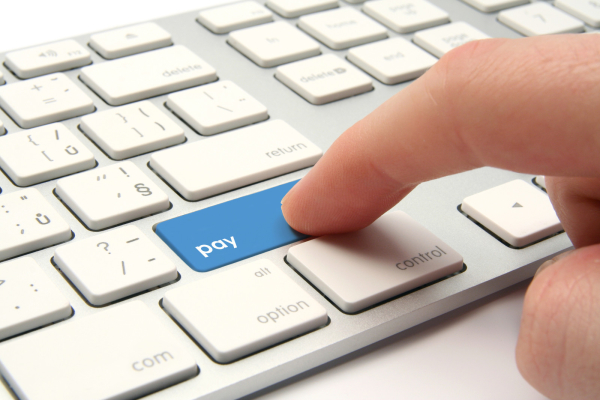There are many reasons companies should automate their Accounts Payable payment processes. Although check usage has declined in recent years, according to the Aberdeen Group, almost 10 billion dollars in B2B transactions are processed annually and the majority of these transactions are still made using paper checks.
In an age where better technology is available, it’s very interesting that companies still utilize a manual, labor-intensive process, which is not only highly inefficient, but is ripe for fraud. The argument that vendors want to be paid by checks… well, research suggests that this rationale does not cut it anymore.
Here are 6 very compelling reasons to get rid of checks and automate your B2B payments:
1. Fraud Reduction
Lack of visibility into payment processes means not being able to identify billing errors, which in many cases leads to both overpaying and underpaying your vendor. These issues require manual intevention and creates a back and forth exchange between both the buyer and its vendor, which leads to additional costs for both parties. Timely identification of billing and payment disrepancies is critical and acts as a deterrent against potential payment-related fraud.
Payment automation provides visibility and timely access to payment data via web-based reporting tools. Greater visibility into a company’s payment processes means better opportunities to identify human error and less chance for human-related error and expanded visibility into the entire payment process.
2. Cost Reduction
According to the Aberdeen Group, paper transactions can cost up to $58.09 each (labor, paper, postage, etc.). This figure varies by company and is driven largely in part by the number of people, who must “touch” a check before it’s put into the mail. Electronic payment processing drops to $1.50, which is a $56.59 per transaction cost improvement. With the average buyer processing 50,000 payments annually, the bottom-line impact of moving to B2B payment automation is substantial.
3. Reduced Paper Consumption
In an effort to move towards electronic record keeping there is pressure on companies to “go green”. Paper costs will continue to rise and the cost of storing paper requires companies invest in additional storage resources, including filing cabintets and in some cases, more real estate. By switching from checks to electronic payments, companies not only eliminate the paper checks, but also paper remittance information that typically accompanies a payment. Combine this with envelopes, postage, backup paper copies… and it is easy to see how this all adds up. Payment automation eliminates all this paper, which reduces costs for both the buyer and its vendors.
4. Efficiency
According to PayStream Advisors, it takes, on average, 30 to 40 days to approve and disburse a check. Payment automation reduces this procure-to-pay cycle time from weeks to a few days. Companies gain cost savings immediately that go directly to their bottom line.
Processing invoices also means being able to take advantage of early payment discounts that may be offered by vendors. Since most companies cannot process paper invoices quickly enough, they also can’t take adantage of early payment discounts, which can be significant when summed up over time. PayStream found that on average, companies miss 50 to 60 percent of available early payment discounts because they can’t process and pay the invoice within the 10-day discount window. Faster payments mean fewer late fees as well, which can add up considerably.
5. Cash Flow
The longer it takes to process an invoice, print and mail checks, means the more cash is tied up in the financial supply chain. Automating payment processes improves cash flow for both buyers and their vendors, creating better overall visibility, providing greater business intelligence and making cash flows more predicatible for both trading partners.
6. Cash Visibility
Moving from paper to electronic means capturing data that is otherwise unavailable and cannot be tracked. Stakeholders across the company, inncluding accounts payable and procurement can use this data in a more strategic way. Access to data means better cash forecasting, better and more actionable decision-making, which is all available via online payment program management tools. The end result is people can do their jobs better.
All of these reasons sound great and make the case for B2B payment automation, but is it easy to dump checks and automate payments?
It depends. Yes, there is a learning curve and some operational complexity at the onset, but the change is far more easy than it was a few years ago. It can be as complex as mapping a payment file to an accounting system or as easy as logging into a portal, like you would when paying your personal gas and water bill. Either way, implementing a program can occur in as little as 30 days or for as high as 90 days, depending on the needs of a firm.
If you have not checked out how we help companies replace checks with automated payments, you can click this link to learn more.


Leave A Comment